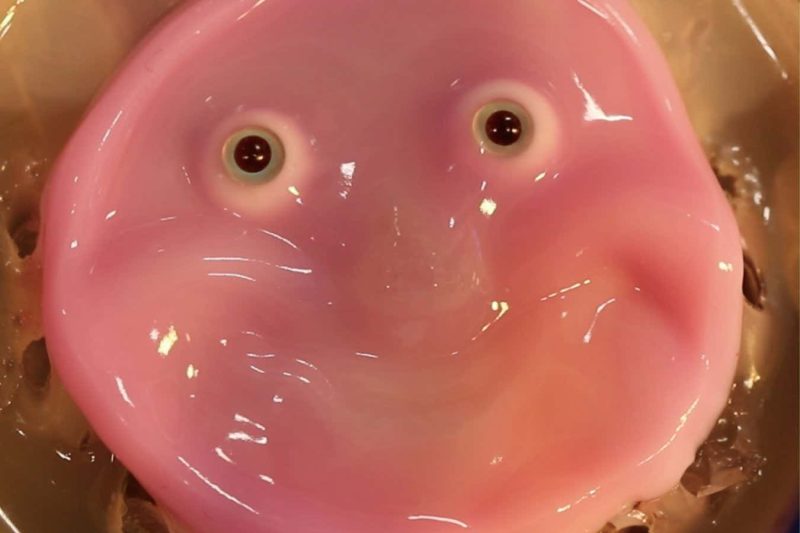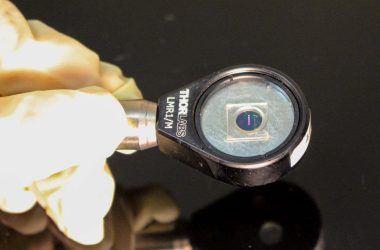This robotic face can smileTakeuchi et al. (CC-BY-ND)
A smiling face constituted of residing human pores and skin might someday be connected to a humanoid robotic, permitting machines to emote and talk in a extra life-like means, say researchers. Its wrinkles might additionally show helpful for the cosmetics trade.
The residing tissue is a cultured mixture of human pores and skin cells grown in a collagen scaffold and positioned on prime of a 3D-printed resin base. In contrast to earlier related experiments, the pores and skin additionally accommodates the equal of the ligaments that, in people and different animals, are buried within the layer of tissue beneath the pores and skin, holding it in place and giving it unimaginable energy and adaptability.
Michio Kawai at Harvard College and his colleagues name these ligament equivalents “perforation-type anchors” as a result of they had been created by perforating the robotic’s resin base and permitting tiny v-shaped cavities to fill with residing tissue. This, in flip, helps the robotic pores and skin keep in place.
The staff put the pores and skin on a smiling robotic face, just a few centimetres huge, which is moved by rods related to the bottom. It was additionally connected to a equally sized 3D form within the type of a human head (see beneath), however this couldn’t transfer.
“As the event of AI expertise and different developments broaden the roles required of robots, the capabilities required of robotic pores and skin are additionally starting to vary,” says Kawai, including {that a} human-like pores and skin might assist robots talk with individuals higher.
A 3D head form lined in residing skinTakeuchi et al. (CC-BY-ND)
The work might even have shocking advantages for the cosmetics trade. In an experiment, the researchers made the small robotic face smile for one month, discovering they may replicate the formation of expression wrinkles within the pores and skin, says Kawai.
“With the ability to recreate wrinkle formation on a palm-sized laboratory chip can concurrently be used to check new cosmetics and skincare merchandise that purpose to forestall, delay or enhance wrinkle formation,” says Kawai, who carried out the work whereas on the College of Tokyo.
In fact, the pores and skin nonetheless lacks a number of the capabilities and sturdiness of actual pores and skin, says Kawai.
“The shortage of sensing capabilities and the absence of blood vessels to produce vitamins and moisture means it can’t survive lengthy within the air,” he says. “To handle these points, incorporating neural mechanisms and perfusion channels into the pores and skin tissue is the present problem.”
Subjects:












